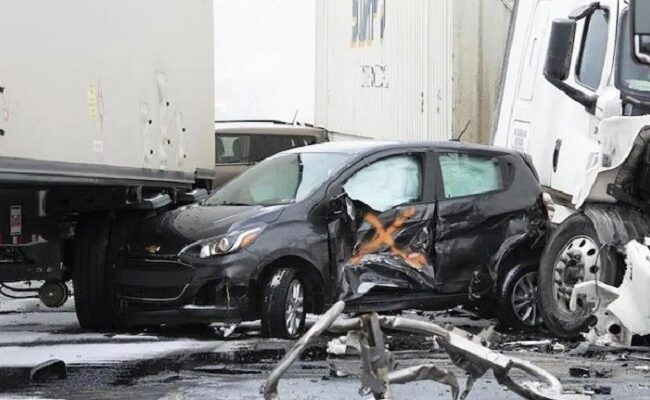Many causes of multiple vehicle accidents can be traced to several different factors. These factors include fatigue, speed limits, adverse weather conditions, and negligent driving by multiple drivers. In addition to the factors listed above, several others may also be at fault, including high-speed limits, distracted driving, and braking problems. Expert witnesses are needed to assess the cause of a multiple vehicle accident to determine who should bear the blame. Here are the most common causes of multiple vehicle accidents according to an experienced multi-vehicle accident lawyer.
Table of Contents
Fatigue
There are many potential causes for driver fatigue, including prolonged driving without breaks, age, and undiagnosed sleep disorders. In fact, up to 20% of accidents involving road transport are caused by fatigued drivers. However, the exact cause of driver fatigue is unclear, and police may be unable to detect the presence of fatigue in a truck driver. In any case, a trained auto accident attorney can help you determine whether the fatigued driver was the cause of the crash and pursue compensation for your injuries.
High-speed limits
Some safety experts believe that raising the speed limit to 65 mph will make roads safer and reduce fatalities. But studies are mixed on this topic. The evidence suggests that increased speeds do not lead to more accidents, just more deadly collisions. But raising the speed limit might actually encourage more drivers to speed. And if you’re going to raise the speed limit, make sure it’s for a road that’s safe to drive at.
Adverse weather conditions
A new study examines the role of adverse weather in multiple vehicle crashes. It shows that, between 1994 and 2012, fatal crashes attributed to adverse weather made up sixteen percent of all crashes. While the proportion of fatal crashes associated with adverse weather varies by region and season, adverse weather is associated with higher rates of vehicle fatalities and injuries than other factors. Adverse weather conditions are associated with a higher risk of vehicle crashes when the roads are wet or slippery.
Negligence of multiple drivers
If you or a loved one was involved in a multi-car accident, you will need to determine who was at fault. This information is critical for bringing your insurance claim and will help you determine who was at fault. Knowing who was at fault will save you time and money while determining who should be responsible for the damages. Here are some examples of how you can prove negligence in a multi-car accident.
Chain reaction
Chain reaction after multiple vehicle accidents may happen because of several factors. The first vehicle may have been following too closely to another vehicle, and the second may have failed to slow down in time, which caused the third to collide with the fourth car. In some cases, both drivers may be at fault, but others may share the blame. In such a scenario, the first driver may have been at fault for the initial collision, but the second driver is responsible for all subsequent crashes.

